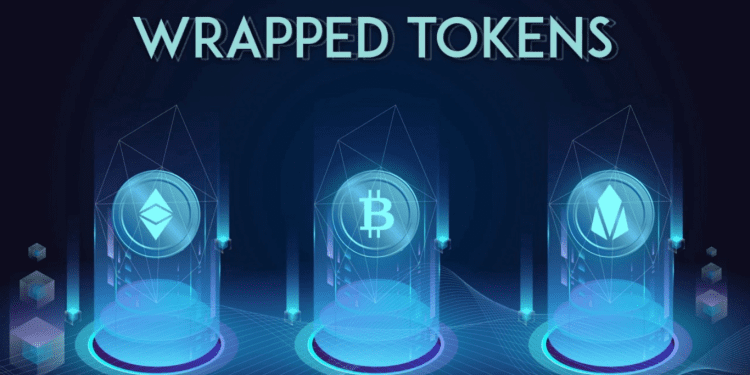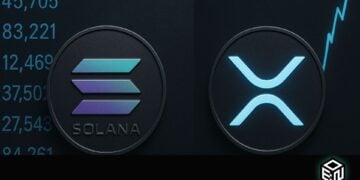Introduction
Layer 1 blockchains use their native currencies as the primary transaction means on their respective chains. These coins are vital as they pay for trading fees, interactions with smart contracts, staking, sending them to other wallets, and buying fungible or non-fungible tokens. In essence, there are as many coins as different smart contract platforms. For example, Ethereum has ETH, Binance Smart Chain has BNB, Cardano has ADA, Solana has SOL, and Tezos has XTZ, to name a few.
This poses a challenge from a technical standpoint as these coins cannot interact with each other without the help of some magic that we will look into today.
Remember a few years ago when every mobile phone had a different charger? When your battery was drained, and you were at your friend’s house, you could not just plug your Samsung into his Motorola or your sister’s Nokia. This is where we are currently regarding interoperability between different blockchains in the crypto space.
So, to solve this dilemma, the concept of Wrapped Tokens and Blockchain Bridges was born. A bridge, just as the name suggests, creates a connection between the two blockchains making it possible to transfer assets between them.
How It Works
If you have 1 ETH on the Ethereum blockchain but want to have it on the Binance Smart Chain, you can “wrap” that coin and spend it on the other chain using a blockchain bridge. Of course, you do not move the actual currency itself but rather create a representation of it on the BSC blockchain.
Let’s present a concrete scenario to illustrate the point. Bob has acquired 10 ETH on the Ethereum mainnet and wants 10 ETH on the Binance Smart Chain. Using a bridge, he will deposit that 10 ETH into the contract, and his assets on the Ethereum network will be locked there. Then he will receive a representation of these 10 ETH on his BSC network in the form of “Wrapped Ethereum,” which is not a part of the Ethereum mainnet anymore but has the same value.
These tokens are now issued (or, commonly termed in the crypto and NFT space, “minted”) on BSC as a separate cryptocurrency, which Bob can spend however he likes. If Bob wanted those 10 ETH back on the Ethereum chain, the tokens on BSC would be “destroyed” (burned), and the ones he initially deposited into the contract on Ethereum would be unlocked.
This would, of course, work very similarly with other tokens. Stablecoins such as USDT, USDC, and BUSD are frequently bridged between various blockchains, as they are pegged to the value of $1 and exist across most Layer 1 blockchains.
Types Of Bridges
Currently, there are two types of bridges: Trusted (centralized) and Trustless (Decentralized). A Trusted Bridge is governed by a central authority that vouches to issue your funds on demand for a fee. They hold your funds themselves.
Trustless bridges, on the other hand, operate by using smart contracts and algorithms to perform this action. The risks associated with this approach are liquidity issues, higher fees, and potential faulty code that results in exploits. The upside is that trustless bridges enable users to remain in control of their funds, as no central authority issues the tokens. It is done through a smart contract.
Final Thoughts
Now, one final thing: Is bridging safe? Well… yes. Most of the time. Usually, bridging funds between two blockchains is fast (a couple of minutes). Still, it can sometimes take hours, especially if a trustless bridge has liquidity issues or gas prices change drastically during the process, leaving users stuck on a transaction.
Some uncommon occurrences were recorded in the past, such as bugs in smart contracts or central authority in charge of your funds simply rug-pulling. One of the most potent known attacks happened in February 2022 when a Solana – Ethereum Wormhole bridge was exploited for 120.000 ETH or around $320 million.














